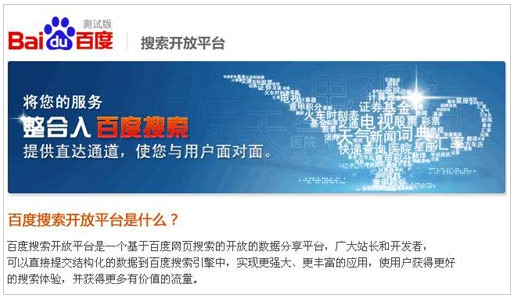Unless you’ve been hiding behind a supersize rock for the past year, you will no doubt have heard the phrase “entity search”. But what the freak is entity search, and how do you make it work for your international SEO strategy? Entity search, put simply, is the shift from keyword optimisation to semantic optimisation. It moves away from providing results that serve an exact keyword match, instead serving richer results that provide the best possible answer for the search query.
Say “Hello” to the Knowledge Graph
Google’s Knowledge Graph has been around for some time now, and it draws information from a plethora of sources online including Wikipedia, structured data (schema.org) and of course Google’s own products, Google + and Google Maps. To stand a chance of inclusion in the Knowledge Graph, it’s important to utilise these products.
Google first introduced the Knowledge Graph to its U.S. English users back in May 2012 and rolled out to all other English speaking countries in August the same year.
The below is a screenshot of Google’s Carousel and Knowledge Graph for the phrase “things to do in New York”, and although seen most frequently in the.com version of Google, it will become much more commonplace for search queries in local versions of Google in the future.
The Knowledge Graph, otherwise known as the Entity Graph, aims to give the searcher a broader, more in-depth result for the search query entered. As we can see from the Knowledge Graph above the search phrase “things to do in New York” provides a huge wealth of information for the searcher, is visually more informative and provides additional information like maps.
For more detailed information on the Knowledge Graph, you can watch Google’s video “Introducing the Knowledge Graph”:
The Flight of the Hummingbird
Back on 26th September 2013, Google announced the launch of its new algorithm release named Hummingbird, taking a quantum leap into the future of search. Rather than being an update or a fix to its existing algorithm (like Panda or Penguin), Hummingbird is a complete replacement and, by design, is far better equipped to understand the meaning behind the search query, rather than just the particular words used:
“Hummingbird is paying more attention to each word in a query, ensuring that the whole query – the whole sentence or conversation or meaning – is taken into account, rather than particular words. The goal is that pages matching the meaning do better, rather than pages matching just a few words.” (Danny Sullivan, searchengineland.com , Sep 30th 2013).
Although most webmasters did not notice any significant changes to search results after the launch of Hummingbird, the future of SEO is clear. SEO’s should be shifting their focus from strategies based on ranking for a particular search query, to basing their strategies on how they can provide the best answers to the questions that site visitors have.
Structured Data
Structured data mark-up provides search engines with much more detailed information about your sites content, helping you to create relevant “entities” on your page that can be understood by search engines.
For example, if your site is about food, and your pages contain recipes, you can use structured data to mark-up your recipes. This tells search engines that the content found on that page is a recipe, not just a string of words that search engines don’t really understand the meaning behind.
Using structured data also has the added benefit of encouraging a higher click through rate to your site by displaying rich snippets. For example, if I type in the search query “thai curry recipe” (to stick with the recipe theme) I am served with the following result:
Here we can see that result contains an image, a star review rating, the length of time the recipe takes to cook and also the calorie count.
Similarly, if your site contains information about events, you can use structured data mark-up for this content too:
You can also mark-up videos which sees the thumbnail video appear in rich snippets – another great way to let search engines know what kind of content is on your page and encourage high CTRs:
More information about structured data can be found at schema.org.
Structured data is currently only supported in the following languages: Chinese, Czech, Dutch, English, French, German, Hungarian, Italian, Japanese, Korean, Polish, Portuguese, Russian, Spanish, and Turkish.
Quality Content – Context over Keywords
The writing has been on the wall now for quite some time, but with the Hummingbird release signalling the change for the way Google reads data (understanding entities). There will be a greater shift towards semantic search, and it would be wise to prepare for this by moving away from keywords and semantic repetitions to focus on writing truly useful content.
Structured Data in the International Arena
Entity search is not just limited to Google. In fact, Baidu integrated their own version of semantic search called ‘box computing’ or otherwise known as ‘Aladdin search’ back in 2009.
Yandex is also using structured data and currently recognises the following data types:
- Businesses and organisations
- Products and prices
- Recipes
- Abstracts
- Dictionaries
- Deposits and loans
- Jobs
- Reviews
- Real estate
- Videos
- Movies
- Images…and more
You can use Yandex’s semantic mark-up validator to validate the semantic markup used on your site.
So, entity search is on its way in, so if any of the above points are not factored in to your current international SEO strategy – it’s time to get busy!













